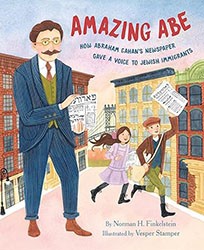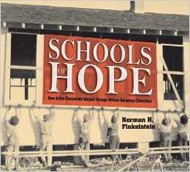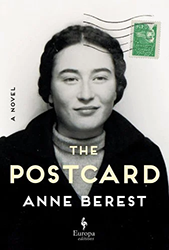In Union Made, author Norman H. Finkelstein chronologically tells the story of the Jewish immigrant and trailblazing labor leader, Samuel Gompers. Gompers lived over 100 years ago and his work is not generally taught in schools and is, therefore, not widely known among students. Young readers will be surprised to learn of the conditions workers had to endure 100 years ago that Gompers sought to improve.
The book recounts the misery Gompers was born into and the conditions he fought to change for the betterment of all, while discussing Gompers’s complex personal life. He worked for a living as a cigar roller; his union work, as leader of the American Federation of Labor (AFL), was a calling and a profession that took him away for extended lengths of time from his family. Being on the road made him vulnerable to injuries which damaged his health.
The story is full of descriptions that realistically highlight Gompers’s short and pudgy stature. Most of the action takes place when Gompers is an older man which may make some readers feel less of a connection to his story; the author creates intimacy with the character by referring to him as Sam throughout the story.
Gompers was not a religious Jew, and he worked with other wth immigrants and minorities. Jewish mutual immigrant aid societies, or landsmanshaftn, and the Hand-In-Hand mutual assistance society played key roles in helping his family survive hardship and poverty. The book has clear images of many Jews engaged in the labor movement such as a picture of workers holding protest signs in Yiddish that read “Abolish Slavery” and it presents a sense of the challenges for Jews at the turn of the century.
Aside from covering Gompers’ life, the author elaborates on the broader subject of political and economic systems and how workers are treated within these structures. Gompers opposed conflict and believed labor should negotiate for better conditions within the capitalist system. The book vividly tells of the waves of immigrantion and the violent race relations of the late 1800s.
The book teases out another timeless topic, the challenges of changing workplaces and job losses due to technology as well as the exploitation of home piecemeal work that may have resonance in today’s gig economy. Young readers will learn about the abuses and unhealthy conditions found in many workplaces before regulation as well as Gompers’ role in lobbying for standards. Vivid description of violent Pinkerton guards who roughed up strikers provide a strong argument for workers’ and human rights. Gompers is depicted as an inspiring figure. Gompers felt compelled to champion the cause of labor, even as he held discriminatory ideas toward Chinese and African Americans that may have changed and softened over time.
The book starts and ends in an international context; first, Gompers’ immigration and, later, a productive international labor conference with Mexicans. The scope expands from the intimate misery of the child labor Gompers fought against, to boardroom greed, to the halls of Congress, providing connections between labor and United States history encompassing Jewish history, as well.
The book includes an epilogue, a timeline, source notes, historical documents and photographs, and a bibliography, all helpful in furthering the education of readers and deepening their understanding of an important historical era.
Dina Weinstein is a Richmond, Virginia-based writer.





